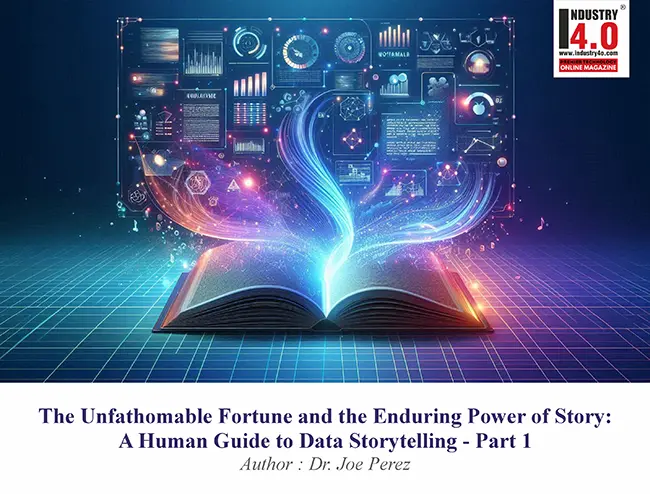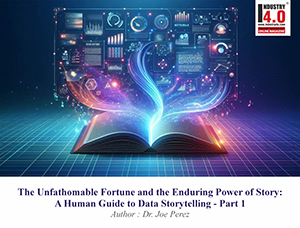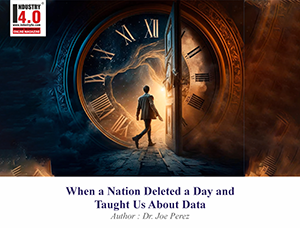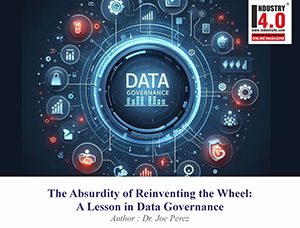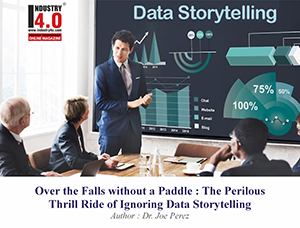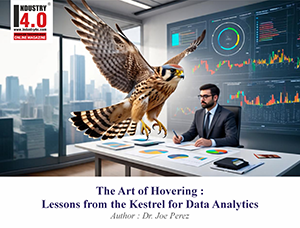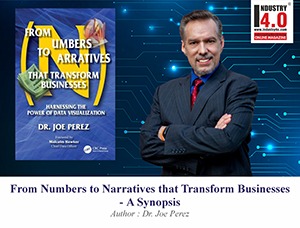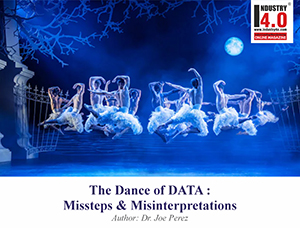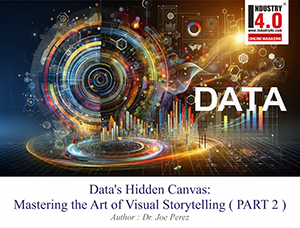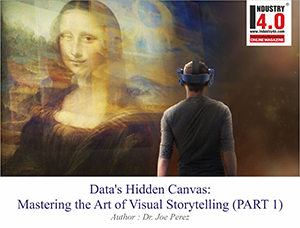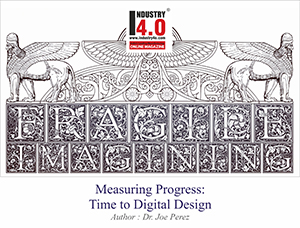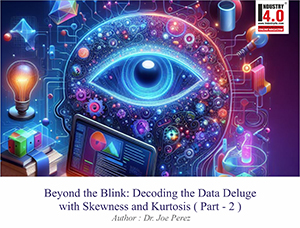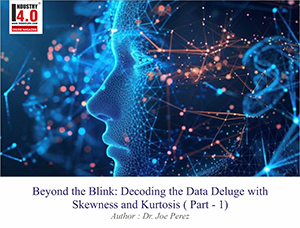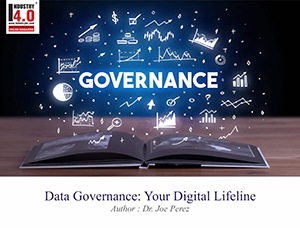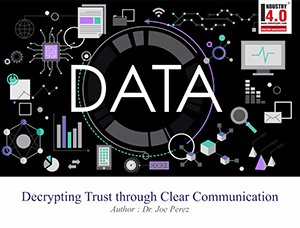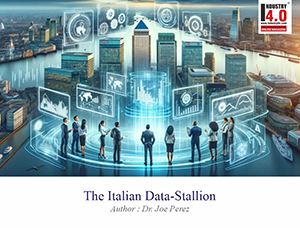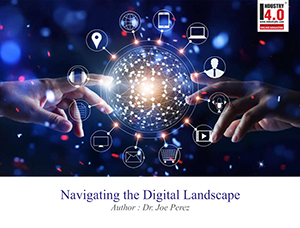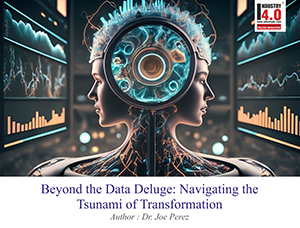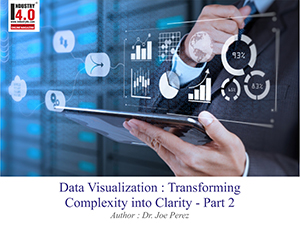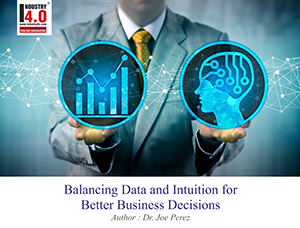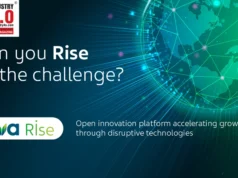The Unfathomable Fortune and the Enduring Power of Story: A Human Guide to Data Storytelling — Part 2
The first part ( PART 1 ) set the stage: why narrative makes data memorable, how context changes interpretation, why scale needs translation, and where action comes from. It also laid out the groundwork for building a data story-clarifying purpose, knowing the audience, and finding the signal in the noise. With that foundation established, we turn to shaping the arc, choosing visuals, and carrying the story across the finish line.
Shape the arc and connect to human stakes
A data story needs a beginning, a middle, and an end. Set the scene. State the tension or question. Make the audience feel the stakes. Then walk them through the evidence in a sequence that reveals what matters, ideally with a moment of surprise that forces a rethink. Close with what they should do next.
And keep it human. People lean in when they see themselves, their customers, or their teams on the page. Emotion isn’t fluff; it’s how we remember. A customer quote, a frontline anecdote, a before-and-after image, a simple analogy that maps a complex system to something familiar can shift a room’s temperature. That human thread keeps abstraction from draining away urgency.
Visuals that carry their own weight
Choose visuals for what they do best. A line chart for a trend. Side-by-side bars when the question is “which is bigger.” A heat map when you want to show concentration. A scatter when you want people to see a relationship (and where it breaks). Label clearly. Use titles that say the point, not just the topic (“Q3 growth came from three products” beats “Q3 product performance”). Keep design clean and consistent, so your audience can spend their attention on meaning, not on deciphering.
When interactivity helps, use it; filters to let stakeholders explore their region, toggles that show how assumptions shift outcomes. But make sure the core message stands still even when the audience starts to click around.
Practice the delivery and stay honest
Stories become real in the room. Rehearse to shorten the path to the main point and to hear where the story drags. Share a draft with someone who mirrors your audience and ask them what they remember five minutes later. If that memory aligns with your intended message, you’re close. If not, adjust.
Above all, be straight with the data. Surface caveats in plain language. Make uncertainty visible. Don’t bend a chart to juice a point. Trust built in one meeting saves you from skepticism in the next.
 Why Diocles works as a teacher
Why Diocles works as a teacher
Let’s add a few more stones to the mosaic. Diocles started in the provinces and came to Rome as a young man, joining one faction, then another, before finding his longest stretch of success with the Reds. He drove quadrigae (four-horse teams) again and again, famously winning from behind in races that rewarded nerve and timing. He retired at 42, a rare age to walk away from a sport that often left men crushed under wheels or dragged by reins tied at the waist, knives at the ready to cut free. His winnings were enormous; moreover, they were recognized by his contemporaries with an inscription that lists the sum, a record meant to be seen and believed.
Even the comparisons people use to translate his fortune into modern terms tell a story. The sums are offered in grain for the city or pay for soldiers to make the number land for a Roman audience and, by analogy, for us. In different frames, the same quantity points to different meanings: abundance, power, spectacle. That’s context. That’s perspective. It’s the muscle that makes a number relevant rather than merely large.
From dashboard to decision: what the audience needs from you
- Start on the ground. What’s the decision in front of your audience? Once you can state it in a sentence, you can trim away the chart junk that doesn’t move that decision forward.
- Use a clear arc. One screen = one point. If you need three points, that’s three screens. Guide the audience with signposts: a question as a subtitle, a takeaway sentence as a caption, a visual that answers it.
- Put the caveats where they belong. If you’re presenting to the C‑suite, keep caveats on backup slides and summarize them in words. If you’re with a technical team, show method and sensitivity analysis so they can trust the conclusion.
- Close the loop with action. No “therefore” is complete without a next step—run a pilot, set a threshold, stop a project, call three customers, reroute a budget line. Tie the action to a metric so you can come back with a result.
Looking ahead: tools will accelerate the “find,” humans will win the “tell.”
AI and machine learning are astonishing at sifting mountains of data and surfacing patterns you would’ve missed otherwise. They accelerate the “find” part of the work. But turning those findings into a story that feels true to a specific team on a specific Tuesday; that still takes a human hand. Empathy, audience sense, ethical judgment, and the nuance to weigh context are what make a story land and a decision stick. Expect more interactivity, more personalization, and more adaptive narratives that change as the audience explores. The aim won’t change: help people grasp what the numbers say and then move, together, in the right direction.
The quiet coda: what data can’t hold
For all the wealth Diocles amassed, the person remains hazy. We can read his totals, trace his wins, even sketch his tactics. But the private cost (the days he limped home, the fear that came after a crash in the lane beside him, the friendships made and lost in the stables) doesn’t sit inside theinscription. That’s not a failure of the record. It’s a reminder. Data reflects life, but never all of it. There’s always a remainder.
That remainder doesn’t argue against data storytelling. It argues for humility in the telling. We work to clarify, to give the audience enough context to think clearly and to act. We make scales feel human with the right comparisons. We choose visuals that show rather than decorate. We invite emotion because we’re speaking to people, not machines. And we leave room for what can’t be counted to matter.
The arena empties. The dust settles. The inscription endures. We stand in front of it and do what humans do: we tell a story that helps us see.
“Bringing Data to Life and Life to Data”

Dr. Joe Perez,
Team Lead / Senior Systems Specialist,
NC Department of Health and Human Services
Dr. Joe Perez ( Dr.Joe ) is also the Chief Technology Officer – CogniMind
To book Dr. Joe Perez for your speaking engagement please click here
Dr. Joe Perez was selected as the 2023 Gartner Peer Community Ambassador of the Year.
Dr. Joe Perez is a truly exceptional professional who has left an indelible mark on the IT, health and human services, and higher education sectors. His journey began in the field of education, where he laid the foundation for his career. With advanced degrees in education and a doctorate that included a double minor in computers and theology, Joe embarked on a path that ultimately led him to the dynamic world of data-driven Information Technology.
In the early 1990s, he transitioned into IT, starting as a Computer Consultant at NC State University. Over the years, his dedication and expertise led to a series of well-deserved promotions, culminating in his role as Business Intelligence Specialist that capped his 25 successful years at NC State. Not one to rest on his laurels, Dr. Perez embarked on a new challenge in the fall of 2017, when he was recruited to take on the role of Senior Business Analyst at the NC Department of Health & Human Services (DHHS). His impressive journey continued with promotions to Senior Systems Analyst and Team Leader, showcasing his versatility and leadership capabilities.
In addition to his full-time responsibilities at DHHS, Joe assumed the role of fractional Chief Technology Officer at a North Carolina corporation in October 2020. A top-ranked published author with over 18,000 followers on LinkedIn and numerous professional certifications, he is a highly sought-after international keynote speaker, a recognized expert in data analytics and visualization, and a specialist in efficiency and process improvement.
Dr. Perez’s contributions have not gone unnoticed. He is a recipient of the IOT Industry Insights 2021 Thought Leader of the Year award and has been acknowledged as a LinkedIn Top Voice in multiple topics. He holds memberships in prestigious Thought Leader communities at Gartner, Coruzant Technologies, DataManagementU, Engatica, the Global AI Hub, and Thinkers360 (where he achieved overall Top 20 Thought Leader 2023 ranking in both Analytics and Big Data). His reach extends to more than twenty countries worldwide, where he impacts thousands through his speaking engagements.
Beyond his professional achievements, Joe’s passion for teaching remains undiminished. Whether as a speaker, workshop facilitator, podcast guest, conference emcee, or team leader, he continually inspires individuals to strive for excellence. He treasures his time with his family and is a gifted musician, singer, pianist, and composer. Joe also dedicates his skills as a speaker, interpreter, and music director to his church’s Hispanic ministry. He manages the publication of a widely recognized monthly military newsletter, The Patriot News, and is deeply committed to his community.
To maintain a balanced life, Perez is a regular at the gym, and he finds relaxation in watching Star Trek reruns. He lives by the philosophy that innovation is the key to progress, and he approaches each day with boundless energy and an unwavering commitment to excellence. His journey is a testament to the remarkable achievements of a truly exceptional individual.
Dr. Joe Perez is Accorded with the following Honors & Awards :
https://www.linkedin.com/in/jw
Dr. Joe Perez is Bestowed with the following Licences, Certifications & Badge:
https://www.linkedin.com/in/jw
https://www.thinkers360.com/tl
Dr.Joe Perez is Voluentering in the following International Industry Associations & Institutions :
https://www.linkedin.com/in/jw
Dr.Joe Perez can be contacted at :
E-mail | LinkedIn | Web | Sessionize | FaceBook | Twitter | YouTube
Also read Dr.Joe Perez‘s earlier articles:


